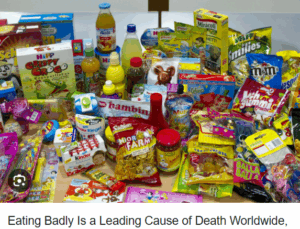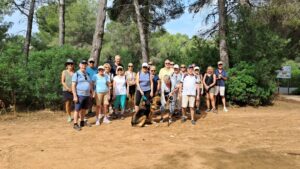Saturday 28th June – Wednesday 2nd July 2025 – BOOKING IS NOW OPEN
DAY 1: Saturday 28th June: Javea / Villanueva de la Jara (257 km) / Guadalajara (238 km)
08.30 hrs: Departure from Golden Star Apartments, Calle Bruselas, Arenal.
08.45 hrs: Departure from Interiors, Jávea port.
09.05 hrs: Pick up at Mas y Mas on the N332 if required. Comfort stop enroute.
11.30 hrs: Arrival in Villanueva de la Jara; free time for refreshments and to have a stroll around the town, with its numerous stately homes from the 16th-18th centuries: Casa de los Rovira, Casa de Julián Navalón and Casa de los Boticarios will give an idea of the importance of the municipality.

In Villanueva de la Jara the social life and the architectural interest surround the Renaissance-style Plaza Mayor. The 16th-century town hall preserves its semicircular arches, and attached to it are the clock tower, the granary and the Royal Prison. Opposite, the Posada Massó offers an example of Renaissance construction, and the Villa Enriqueta complex, a magnificent three- storey mansion, combines modernism with neo-Mudejar, with a profusely decorated façade.
14.15 hrs: Reboard our coach and travel to Guadalajara.
17.15 hrs: Arrival and check in to the 4* Hotel PAX Guadalajara for 2 nights half-board accommodation.
20.00 hrs: Dinner for the group.
DAY 2: Sunday 29th June
Breakfast.
09.30hrs: Board our coach for the short journey to the Museo de Guadalajara.

10.00 hrs: Guided visit to the Museo de Guadalajara which was inaugurated in 1838, and is the oldest provincial museum in Spain. Since 1973 its headquarters have been the Infantado Palace, one of the city’s most iconic attractions. It is the former palace of the Mendoza family, who earned the title of the Dukes of the Infantado. The family had a major role in developing the city. Admire the facade with its spiky-shaped stones before stepping into the courtyard known as Patio de Los Leones. Look out for the carved lion and griffin motifs adorning the columns.
11.45 hrs: After the visit, reboard the coach and travel to nearby Torija. Free time for refreshments.
13.30 hrs: Visit to the Tourist Interpretation Centre, and the Torija Castle (approx. 1 hour).
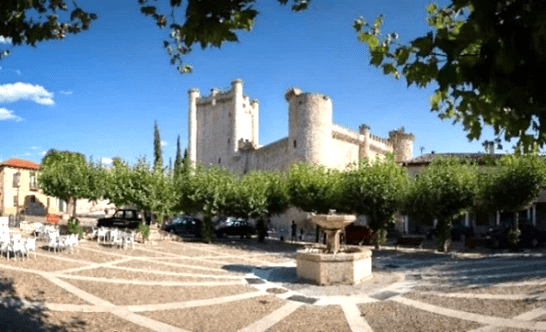
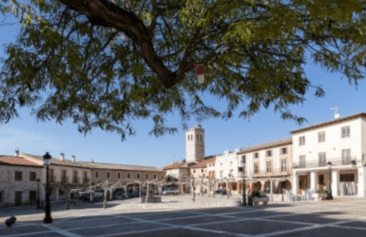
The excellent state of conservation of the castle allows the visitor to get a good idea of the construction of this medieval fortress. Its high exterior walls were designed to make scaling them difficult for assailants, and its own walls are not very thick, which indicates that it was constructed before the use of artillery was popular. Its great main tower is unique, almost independent of the rest of the fortress,which would have served as a last resistance stronghold. Its first owner, and possibly builder, in the 14th century, was Alonso Fernández Coronel. Juan de Puelles, Navarrese captain, captured the fortress in 1445 and from it executed continuous sacks, until arriving at Sigüenza. The troops of the archbishop of Toledo, Carrillo, and those of Iñigo López de Mendoza, would not take it until 1451. In the 19th century it was occupied by the French troops of general Hugo – father of the novelist Victor Hugo and later by Juan Martín the Undaunted, who blew it up, leaving it in ruins. The current restoration was undertaken in 1962.
15.00 hrs: Return by coach to Guadalajara; drop off at the Plaza Mayor (for those who wish to spend more time in the centre) or back to the hotel if you prefer to relax.

Perhaps take a stroll through the Palacio del Infantado Garden or visit the nearby Plaza de Espana,the heart of Guadalajara’s old
town, you will find the town hall. This iconic square is home to several restaurants, bars and shops. In the heart of the old town is a Renaissance palace called Palacio de la Cotilla. Established around the 17th century by the Marquises of Villamejor, it is the perfect representation of the noble taste of that era. Almost across the street from the palace is the Santa Maria Co Cathedral, a 14th-century building occupying the site of an old mosque. Despite having had some renovations during the 17th century, its Mudejar style is still prevalent. Among the most iconic elements are the doors with horseshoe arches, a brick tower, and several carved tombs. Open Sundays/Mondays 08.00 hrs-14.00 hrs and 18.00 hrs-20.00 hrs.

20.00 hrs: Dinner for the group in the hotel.
DAY 3: Monday 30th June: Guadalajara / Valverde de los Arroyos (76 km) / Brihuega (79 km)
Breakfast.
09.15 hrs: Checkout and departure for Valverde de los Arroyos, following a mountain road that runs through very varied and interesting landscapes until we reach the carpark at the entrance to the town. Valverde de los Arroyos belongs to the area of Black Architecture, but here the Black Villages take on golden hues, because on the wooden frame the slate roof is interspersed with the use of quartzite, which brings flashes of light to its typical darkness.

Notable features in Valverde de los Arroyos, which is part of the network of the most beautiful villages in Spain, are:
- The Plaza Mayor: very bright and spacious (for a town of that size) and with a very peculiar fountain.
- The Church of San Ildefonso: built in slate in 1854.
11.00 hrs: Arrival and free time.
14.00 hrs: Reboard our coach and travel to Brihuega.
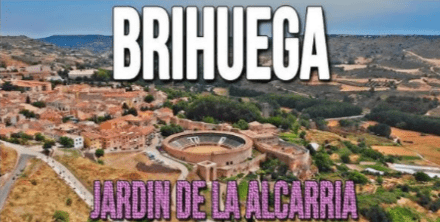

This small town, in the municipality of Guadalajara is one of the most beautiful in the area. Its location in the valley of the Tajuña river provides a beautiful landscape: sheltered by the ravine that carries the river and a lot of orchards and gardens, especially those with lavender flowers, have earned it the name the Alcarria Garden. The area has now become one of the largest lavender producers in the world, with 10 percent of the total production. July is the best time to see the fields in their full glory and the town also has several sunflower fields.
15.45 hrs: Stop at the designated car park to see the lavender fields in the afternoon light. We may also be able to see plenty of sunflowers
adjoining them.
16.00 hrs: Continue to the town and check in to the Hostel Restaurante Villa de Brihuega (2 nights’ bed & breakfast).
Free evening.

The hostel features a 24-hour reception, a tour desk and free WiFi throughout the property, which is also non-smoking. All accommodation has a private bathroom with a shower and free toiletries, a flat-screen TV and air conditioning.
DAY 4: Tuesday 1st July: BRIHUEGA
Breakfast.
Free day and evening.
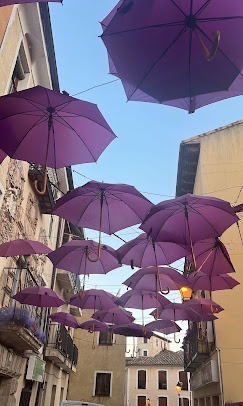
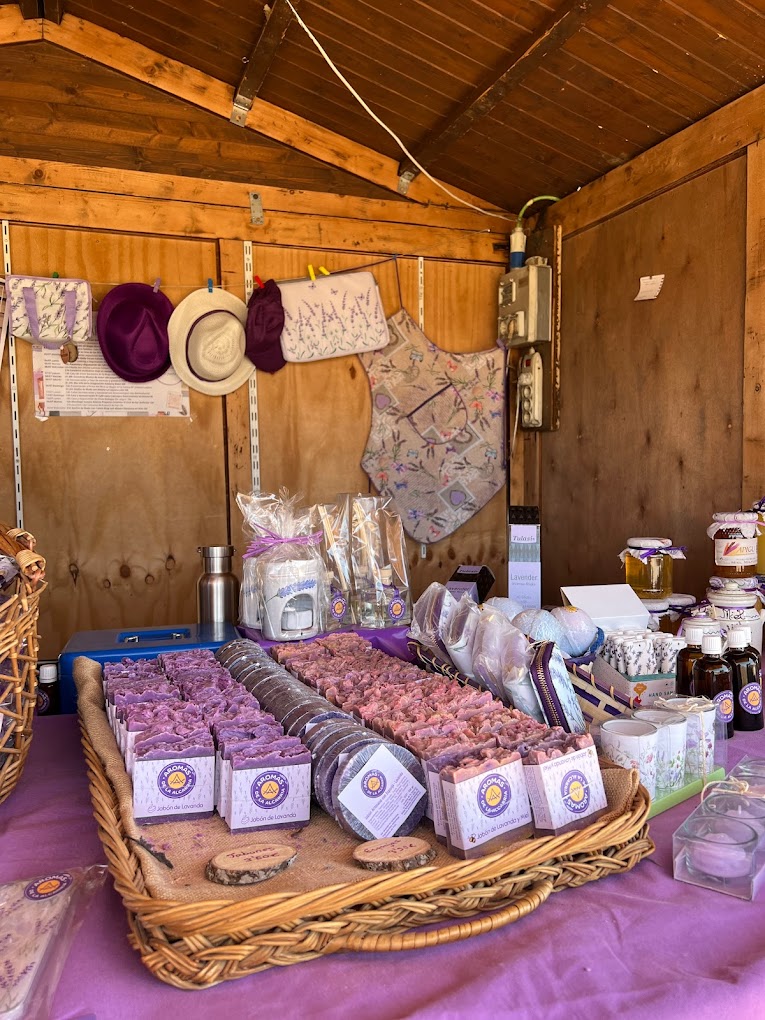
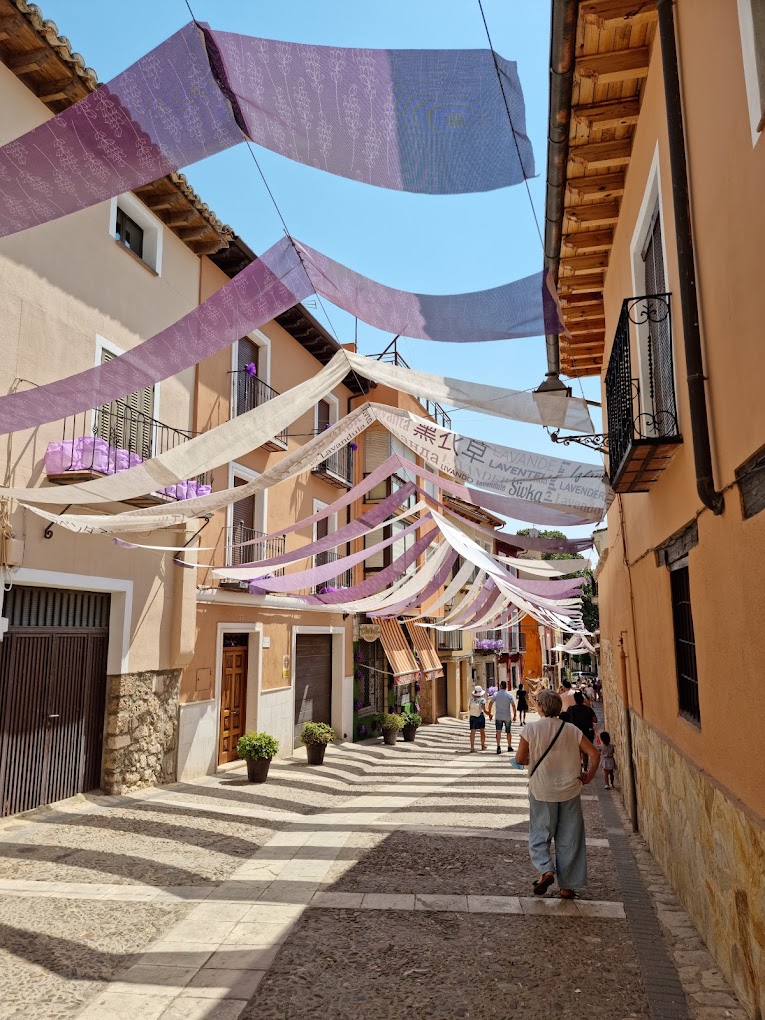
In addition to the natural landscapes, the old town of Brihuega was declared an Historic-Artistic Monument in 1973: churches, civil buildings from the 18th century, an impressive bullring, arches of medieval origin and the remains of the wall of which approximately 2 kms are still preserved. The name of Brihuega comes from the words briga or brioga , which means a strong or walled place.

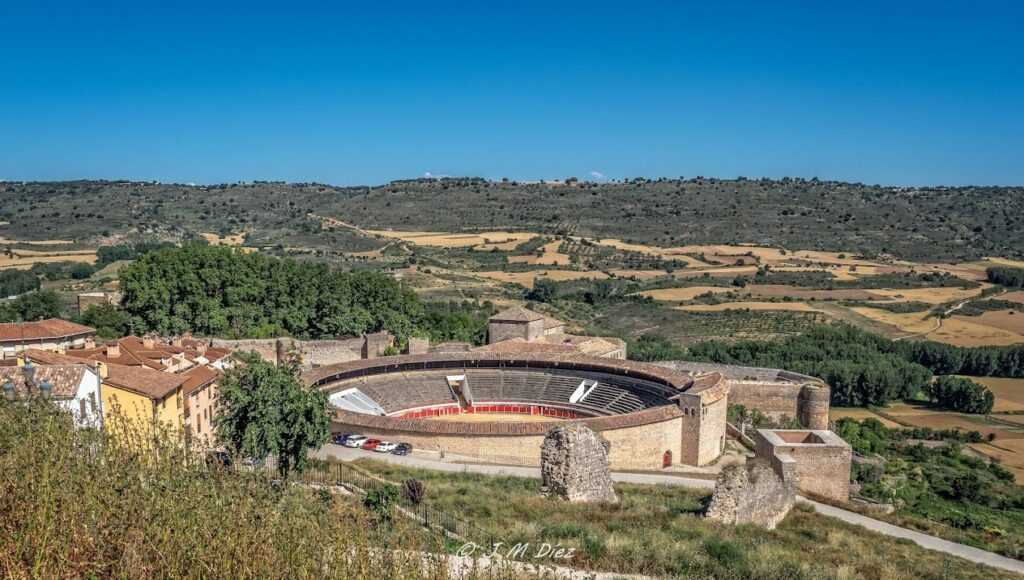
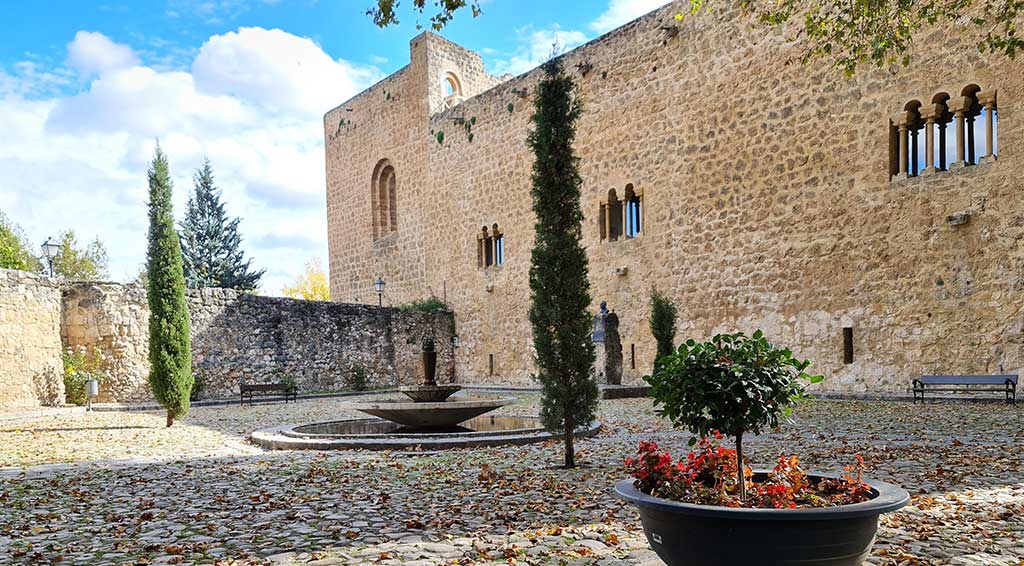
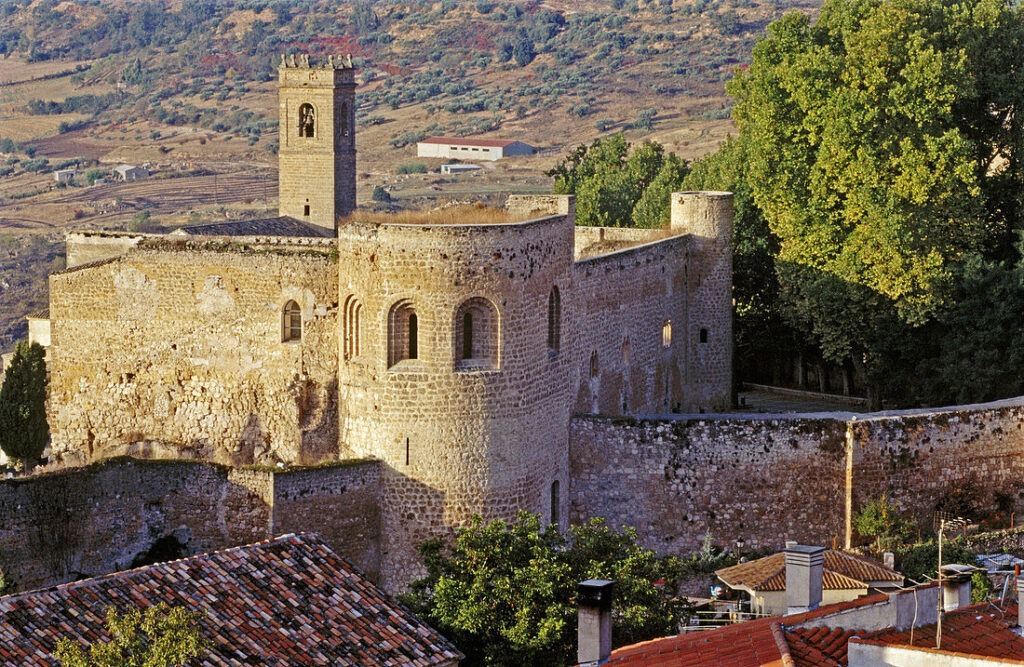
Cuevas Arabes – an underground adventure. If possible, there will be an optional tour for the group (at an additional cost).
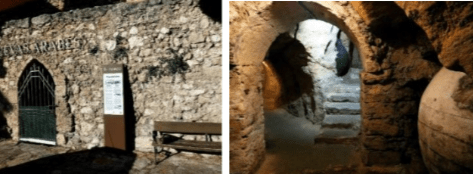
Look out for Lavender Liqueur and Lavender Cream. First developed in the 13th century, herbal liqueurs are the descendants of herbal medicine. They can be served as an aperitif with ice, or following a meal, or to make refreshing cocktails.
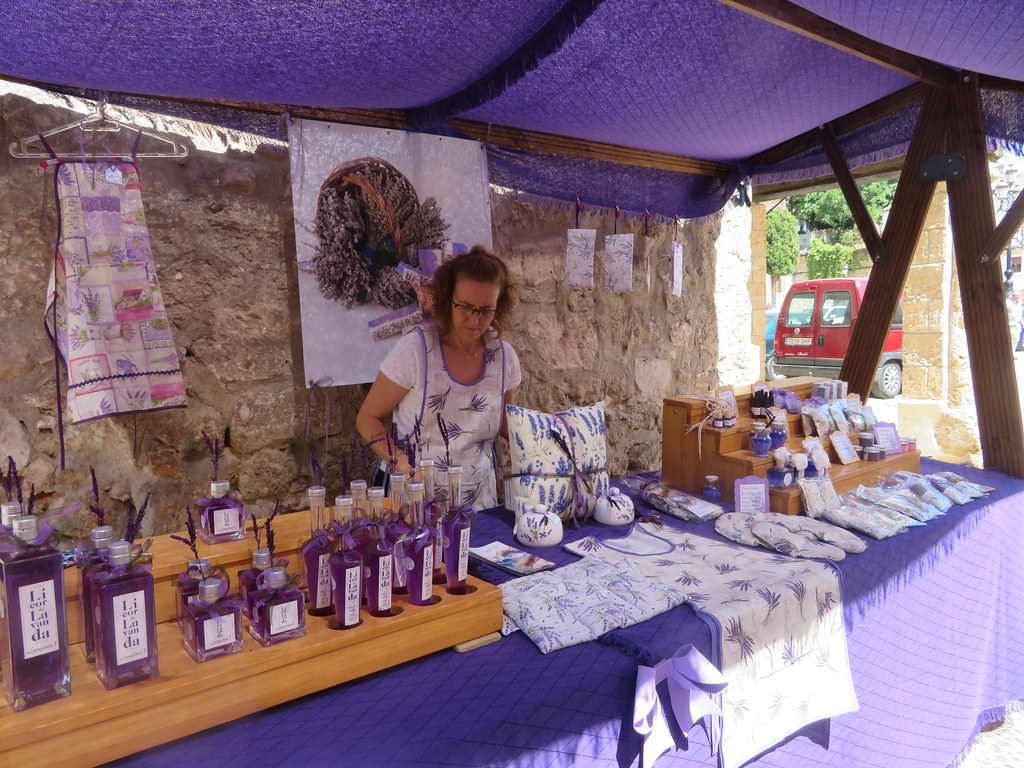
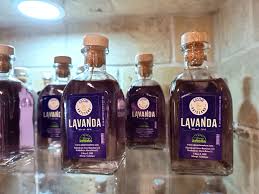
DAY 5: Wednesday 2nd July: Brihuega/Hita (28 km)/Tarancon (144 km)/Javea (374 km)
08.00 hrs: Breakfast.
09.15 hrs: Check out, load luggage onto the coach.
09.30 hrs: Stop at the designated carpark for another walk through the lavender fields in the morning light.
10.00 hrs: Travel to Hita.
10.30 hrs: Arrival in Hita, guided walking tour.
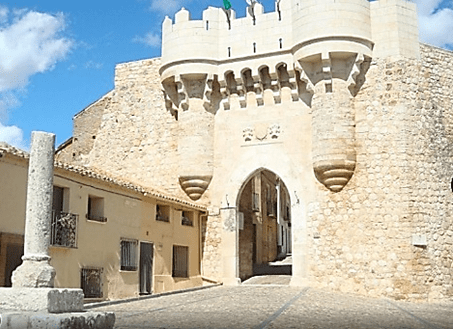
Hita is regarded as one of Spain’s most beautiful towns and is known for the Archpriest of Hita, illustrious author of “The Book of Good Love”, one of the main works in Spanish literature. Its old quarter has the Property of Cultural Interest designation. In 1441, the Marquis of Santillana decided to fortify the area by erecting a wall and reconstructing the old castle, located on the
top of a hill. A section of the outer wall and a portion of the castle’s keep still remain from the defence structure, as well as some of the walls and
the Santa María gateway, a beautiful example of gothic military architecture. Another standout area is the Gothic-Mudejar style Church of San Juan which was started towards the end of the 15th century. The coffering really stands out on the inside.
Guided tour included (90 mins) visiting:
- Wine cellars
- Gate of Santa Maria
- Archpriest Square
- Ruins of the Church of San Pedro
- Church of San Juan (interior according to availability)
- House Museum of the Archpriest

These caves, more than a hundred, are excavated in the natural terrain in the form of a gallery and reinforced with brick arches. They were used from the Middle Ages to the 20th century for the conservation of wine stored in clay vats. The wine production decreased over the centuries until its complete disappearance nowadays.
12.15 hrs: Reboard our coach and travel to Tarancon.
14.00 hrs: Lunch at the Essentia Restaurant, Hotel Ansares, Tarancon.
15.45 hrs: Reboard our coach for the return journey to Javea; comfort stop enroute.
20.00 hrs: Approximate time of arrival in Javea.
NB This is the proposed programme but may be subject to amendment until all elements have been confirmed.
WHAT IS INCLUDED
Transport by coach, 2 nights’ dinner and breakfast accommodation in the 4* Hotel PAX Guadalajara; guided visit to the Museo de Guadalajara; visit to Torija Castle; 2 nights’ bed and breakfast accommodation in the Hostel Restaurante Villa de Brihuega; guided walking tour in Hita; lunch in the Essentia Restaurant, Hotel Ansares; gratuities; €2 per person contribution to the U3A travel fund. Small group tour (max. 30).
COST
Sharing twin/double room €475 per person
Solo occupancy €640 per person
Deposit €125 per person (payable in early January)
Please read the “Terms and Conditions of a U3A Jávea Travel Trip”, which are published on the website, as any request to book a trip will mean that you have accepted and agreed to them.
BOOKING IS NOW OPEN via email to the group leader: Angela Chantry
spanish.culture.cuisine@u3ajavea.com
You will receive notification of how and when to pay the deposit when your booking has been confirmed.


